Achieve Natural Hair: South Korea's High Transplant Success
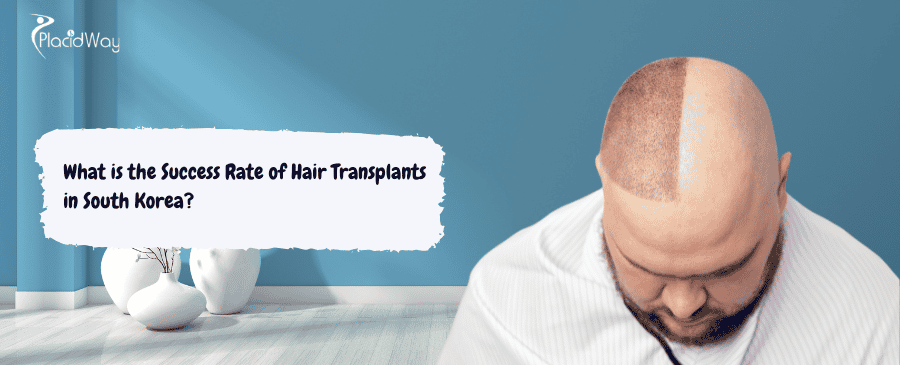
Hair loss can be a source of significant concern for many individuals, impacting self-confidence and overall well-being. Fortunately, advancements in medical technology, particularly in hair transplant procedures, offer effective solutions. South Korea has emerged as a global leader in cosmetic and medical tourism, with its clinics renowned for their cutting-edge techniques and highly experienced surgeons. This blog post will delve into the success rate of hair transplants in South Korea, answering frequently asked questions to provide a comprehensive understanding of what makes Korean clinics a top choice for hair restoration. We'll explore the factors contributing to these impressive success rates, the techniques used, and what patients can expect throughout their hair transplant journey.
What defines a successful hair transplant?
"A successful hair transplant is defined by the growth of new hair, adequate hair density, a natural-looking appearance that blends seamlessly with existing hair, and high patient satisfaction."
Beyond just the survival of transplanted grafts, true success encompasses several key elements. It means that the newly transplanted hair not only takes root but also grows naturally, matching the texture, direction, and density of the surrounding hair. A natural hairline is crucial for an aesthetically pleasing outcome, ensuring that the hair transplant is undetectable. Ultimately, patient satisfaction, where the individual feels confident and happy with their restored hair, is the ultimate measure of success.
What is the typical graft survival rate in South Korea?
"In South Korea, the typical graft survival rate for hair transplant procedures is remarkably high, often exceeding 95% and in many cases reaching up to 98%."
This high survival rate is a testament to the meticulous care and advanced techniques employed by Korean clinics. Factors contributing to this include the careful extraction and handling of grafts, optimal storage solutions to maintain viability, and precise implantation by experienced surgeons. A higher graft survival rate directly correlates with a denser and more successful hair transplant result.
Why are hair transplant success rates so high in South Korea?
"The high hair transplant success rates in South Korea are primarily due to the extensive expertise of surgeons, the adoption of cutting-edge technology and techniques, and comprehensive patient care protocols."
South Korean medical professionals undergo rigorous training and often specialize exclusively in hair transplant surgery, accumulating vast experience. Clinics invest heavily in the latest equipment, such as advanced microscopes for graft preparation and specialized implanter pens. Furthermore, the emphasis on detailed pre-operative assessment, precise surgical execution, and thorough post-operative follow-up contributes significantly to these consistently high outcomes.
What role does surgeon expertise play in hair transplant success?
"Surgeon expertise is a critical factor in hair transplant success, directly impacting the graft survival rate, the naturalness of the hairline, and the overall aesthetic outcome."
Highly skilled surgeons in South Korea possess a deep understanding of hair growth patterns, facial aesthetics, and the nuances of different hair transplant techniques. Their experience allows for minimal trauma during graft extraction and implantation, reducing the risk of damage to the follicles. They can also design a hairline that perfectly suits the patient's facial structure and age, ensuring a truly natural and satisfying result.
Which hair transplant techniques are commonly used in South Korea, and what are their success rates?
"The most common hair transplant techniques used in South Korea are Follicular Unit Extraction (FUE) and Follicular Unit Transplantation (FUT), both boasting high success rates, with FUE often preferred for its minimally invasive nature and no linear scarring."
- Follicular Unit Extraction (FUE): This technique involves extracting individual hair follicles directly from the donor area, typically the back or sides of the head, using a micro-punch tool. These individual grafts are then meticulously implanted into the recipient area. FUE is popular because it leaves no linear scar, allowing patients to wear their hair short. The success rate for FUE in South Korea is consistently high, often cited at 95-98% graft survival, largely due to the precision of the procedure and the use of advanced tools.
- Follicular Unit Transplantation (FUT): Also known as the "strip method," FUT involves surgically removing a strip of skin from the donor area, from which individual follicular units are then dissected under a microscope. These units are then implanted. While it leaves a linear scar, FUT can be advantageous for patients requiring a large number of grafts in a single session. Its success rate is also very high, often around 95%.
Many clinics in South Korea also offer variations or enhancements to these techniques, such as DHI (Direct Hair Implantation) or Sapphire FUE, further refining the implantation process for even better density and naturalness.
How does post-operative care influence hair transplant success in South Korea?
"Diligent adherence to post-operative care instructions is crucial for maximizing hair transplant success in South Korea, as it protects the newly implanted grafts and promotes healthy growth."
South Korean clinics provide detailed post-operative guidelines, often including specific washing techniques, medication regimens (such as anti-inflammatories and antibiotics), and advice on avoiding strenuous activities or direct sunlight. They also emphasize follow-up appointments to monitor healing and progress. Proper care in the initial weeks after the procedure significantly reduces the risk of infection, swelling, and graft dislodgement, thereby safeguarding the success rate.
What is the typical recovery time after a hair transplant in South Korea?
"The typical recovery time after a hair transplant in South Korea involves initial healing of a few days to a week, with noticeable new hair growth beginning within 3-4 months and full results appearing in 12-18 months."
Immediately after the procedure, patients may experience some redness, swelling, and scabbing in both the donor and recipient areas. These usually subside within a week to ten days. Most individuals can return to light activities within a few days, though more strenuous exercise should be avoided for a few weeks. The transplanted hairs will typically shed within 2-4 weeks (known as "shock loss"), which is a normal part of the process, before new, permanent hair begins to grow.
Are there any risks associated with hair transplants in South Korea?
"While hair transplants in South Korea are generally very safe with high success rates, as with any surgical procedure, minor risks such as swelling, itching, temporary numbness, or mild infection can occur, though serious complications are rare."
Korean clinics prioritize patient safety and adhere to stringent medical standards. They thoroughly screen patients to assess suitability and minimize risks. Any potential complications are usually manageable and short-lived. Choosing a reputable and accredited clinic further reduces the likelihood of adverse outcomes.
How long do the results of a hair transplant last?
"The results of a hair transplant are generally permanent because the transplanted hair follicles are typically taken from areas of the scalp resistant to pattern baldness, meaning they will continue to grow for a lifetime."
While the transplanted hair itself is permanent, it's important to understand that existing native hair (non-transplanted hair) might continue to thin or fall out due to genetic predisposition. Therefore, many patients opt for medical treatments like Finasteride or Minoxidil to maintain their existing hair and prevent further loss, ensuring a consistently full appearance.
What factors can negatively impact hair transplant success?
"Several factors can negatively impact hair transplant success, including poor patient health, inadequate donor hair, unrealistic expectations, and failure to follow post-operative instructions."
- Patient Health: Underlying medical conditions, certain medications, or unhealthy lifestyle habits (like smoking) can compromise healing and graft survival.
- Inadequate Donor Hair: A limited supply of healthy donor follicles can restrict the density and coverage achievable, leading to less than optimal results.
- Unrealistic Expectations: Patients who expect a full head of hair instantly or a dramatic change beyond what is surgically possible may be disappointed. A thorough consultation helps set realistic goals.
- Poor Post-Operative Care: Neglecting aftercare instructions, such as picking at scabs or engaging in activities that dislodge grafts, can significantly reduce the success rate.
How do Korean clinics ensure natural-looking hair transplant results?
"Korean clinics ensure natural-looking hair transplant results through meticulous hairline design, precise single-follicle implantation at natural angles, and artistic placement to mimic natural growth patterns."
Surgeons in South Korea are known for their artistic approach, paying close attention to the direction, angle, and density of hair growth. They often use specialized tools for micro-incisions to ensure the implanted grafts blend seamlessly with existing hair. The goal is not just to replace lost hair but to create an aesthetically pleasing and undetectable result.
Can women undergo hair transplants in South Korea with high success rates?
"Yes, women can undergo hair transplants in South Korea with high success rates, particularly for conditions like female pattern baldness or hairline lowering, benefiting from specialized techniques and experienced surgeons catering to female hair loss patterns."
While male pattern baldness is more common, women also experience various forms of hair loss. Korean clinics are well-versed in addressing the unique challenges of female hair restoration, which often involve diffuse thinning or specific hairline concerns. Techniques are adapted to ensure minimal invasiveness and optimal aesthetic outcomes for female patients.
What is the typical timeline for seeing results from a hair transplant?
"The typical timeline for seeing results from a hair transplant involves initial shedding around 2-4 weeks, new growth beginning at 3-4 months, noticeable improvement by 6-9 months, and the final, mature results visible at 12-18 months."
- 0-2 Weeks: Initial healing, redness, and scabbing.
- 2-4 Weeks: "Shock loss" occurs, where transplanted hairs shed. This is normal.
- 3-4 Months: New hair growth begins, often appearing fine and sparse at first.
- 6-9 Months: Significant density improvement; hair becomes thicker and more noticeable.
- 12-18 Months: Final results are visible as the transplanted hair fully matures.
Is South Korea a good destination for hair transplant tourism?
"South Korea is an excellent destination for hair transplant tourism, offering world-class medical facilities, highly skilled surgeons, advanced techniques, competitive pricing compared to Western countries, and a supportive environment for international patients."
Beyond the high success rates, South Korea provides a comprehensive medical tourism experience. Many clinics offer assistance with travel arrangements, accommodation, and translation services. The country's strong emphasis on medical technology and aesthetic excellence makes it a highly attractive choice for those seeking quality hair restoration.
How do I choose the best clinic for a hair transplant in South Korea?
"Choosing the best clinic for a hair transplant in South Korea involves researching surgeon qualifications and experience, examining before-and-after photos, reading patient reviews, inquiring about the techniques used, and ensuring comprehensive aftercare support."
Consider clinics with board-certified surgeons specializing in hair transplants. Look for transparent pricing, clear communication, and clinics that prioritize patient education. A thorough consultation, whether in person or virtual, is essential to discuss your specific needs and ensure the clinic can meet your expectations.
If you are considering hair restoration and want to explore world-class solutions, visit PlacidWay to discover top clinics and tailored packages for your needs.


.png)
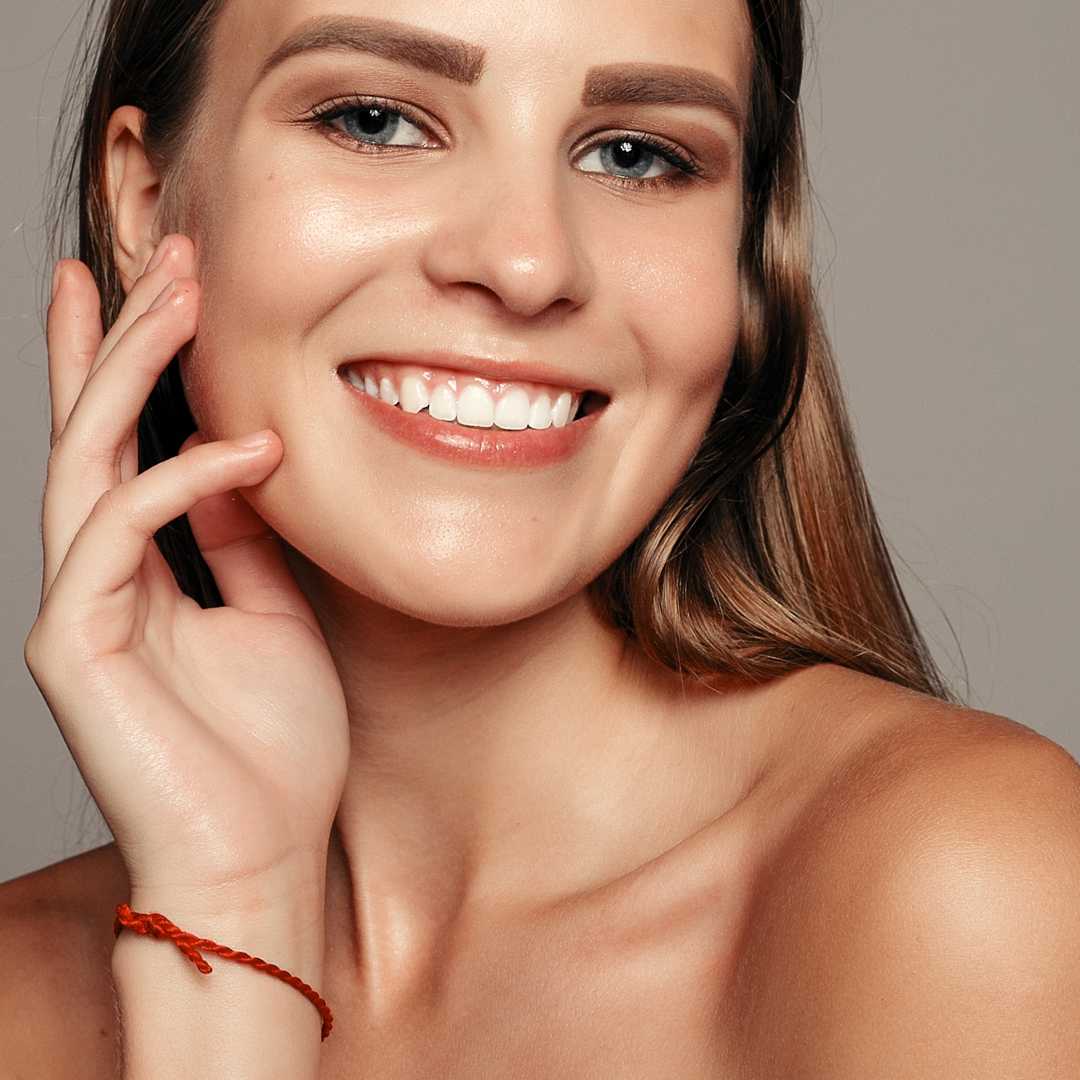
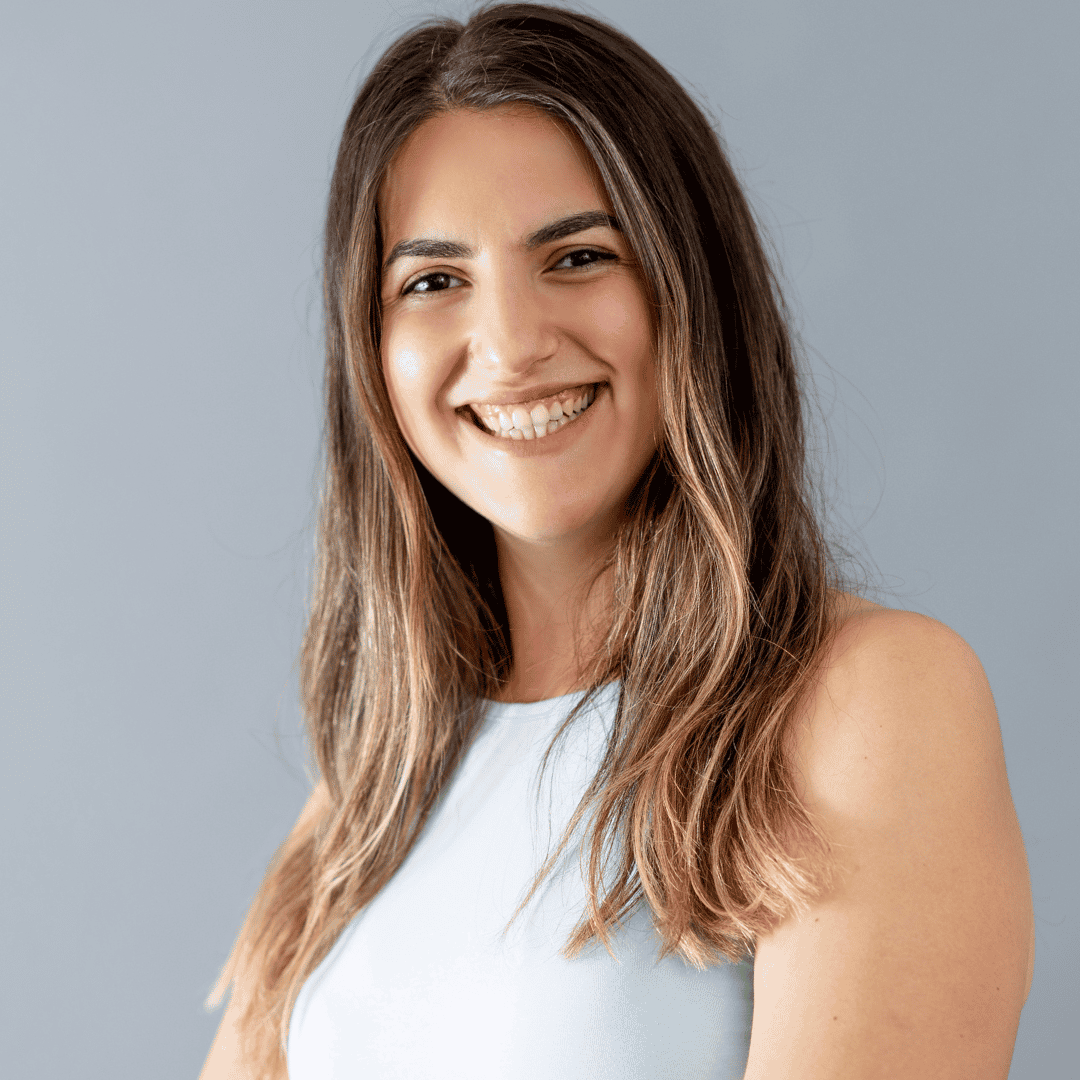





.png)
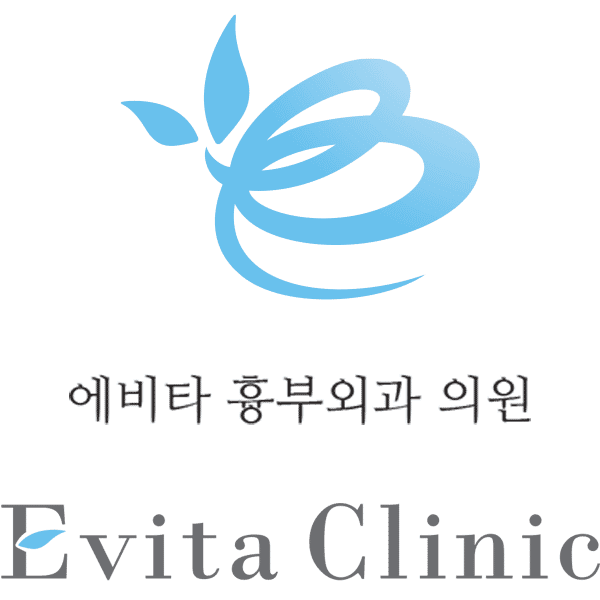
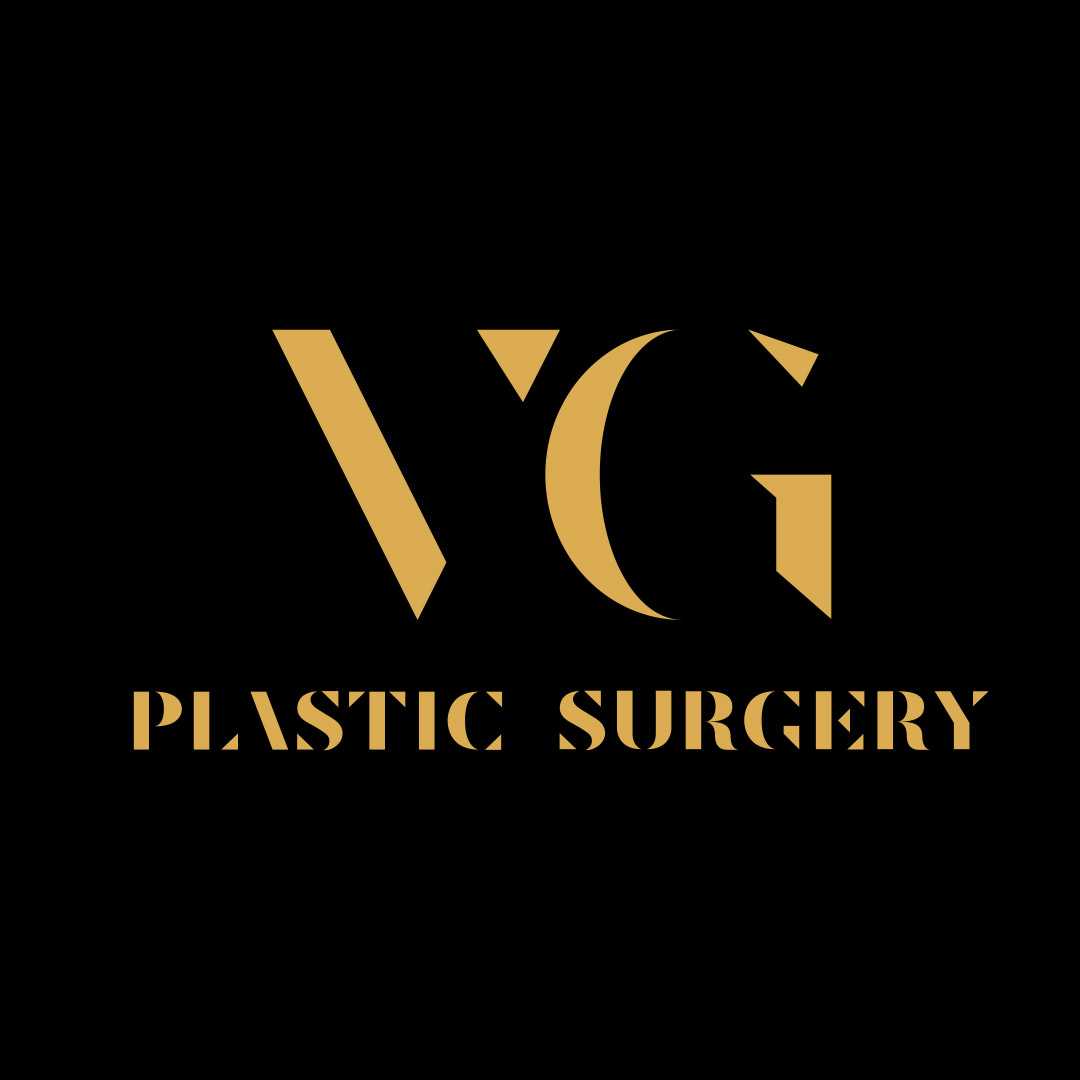


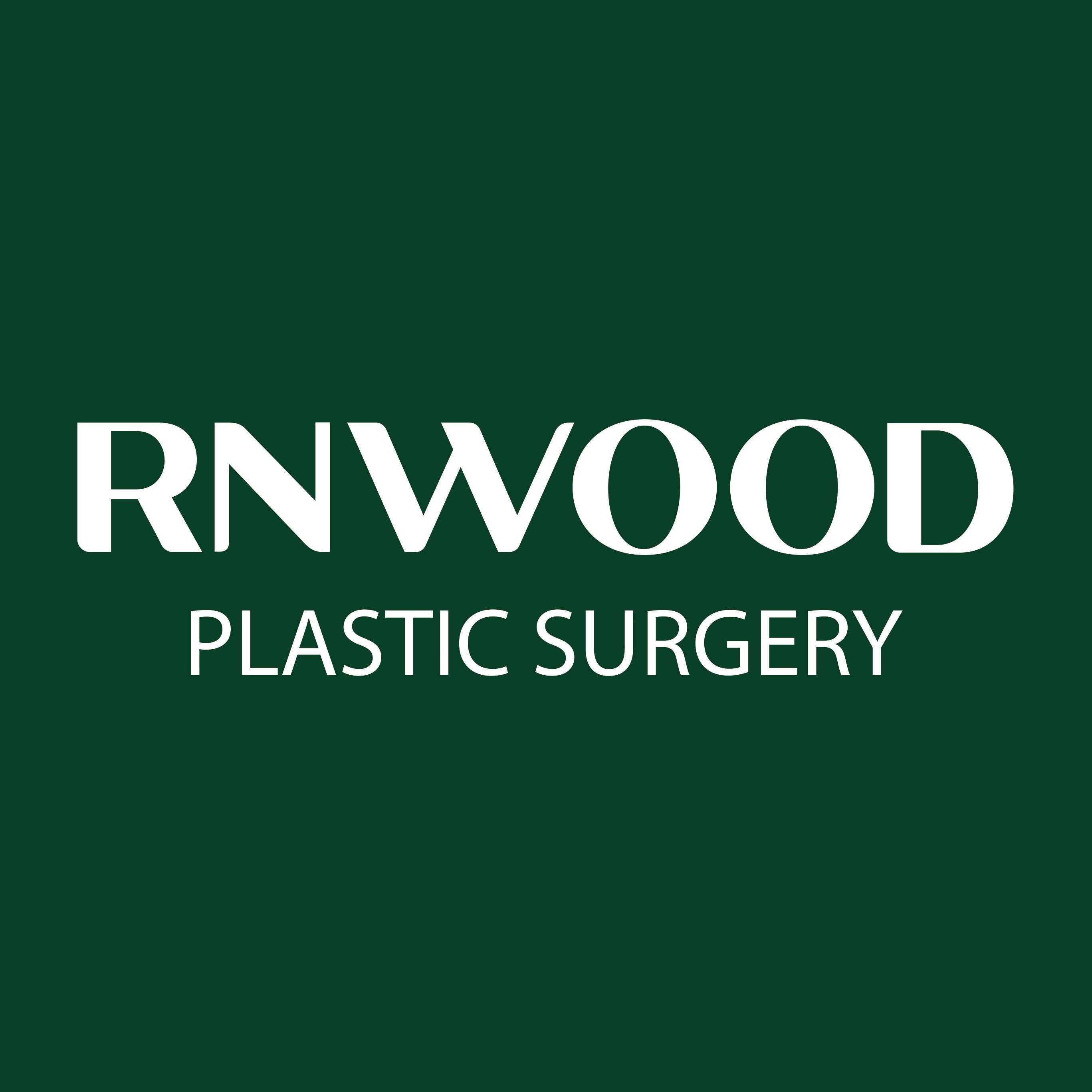

Share this listing